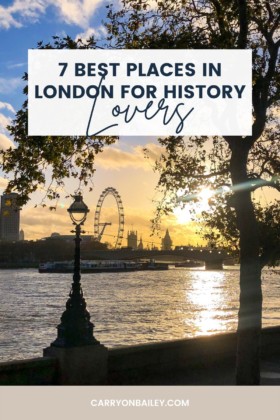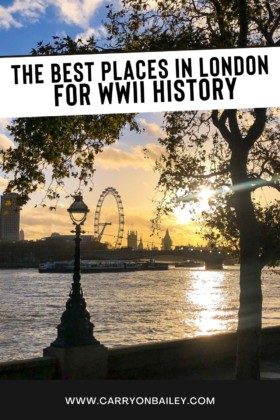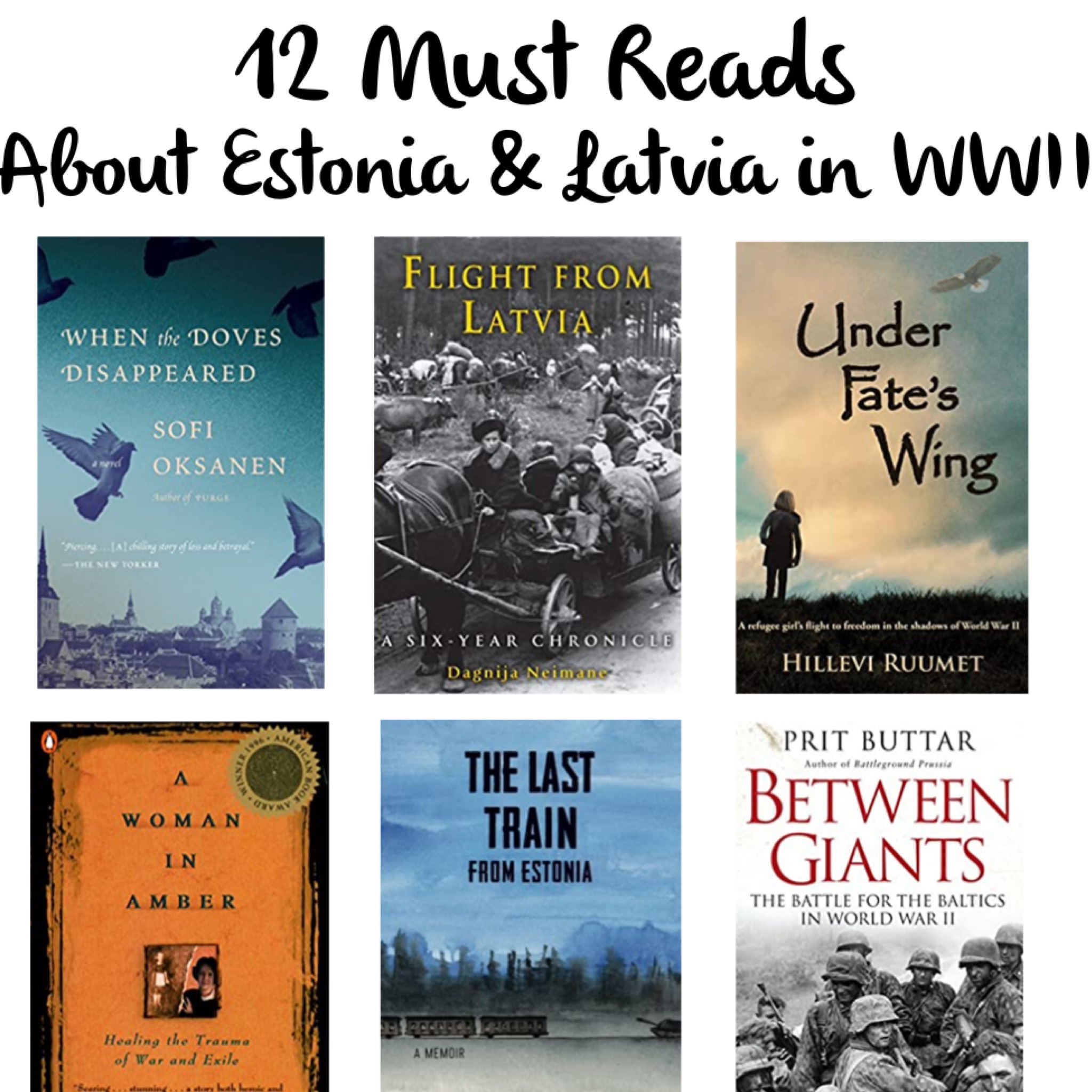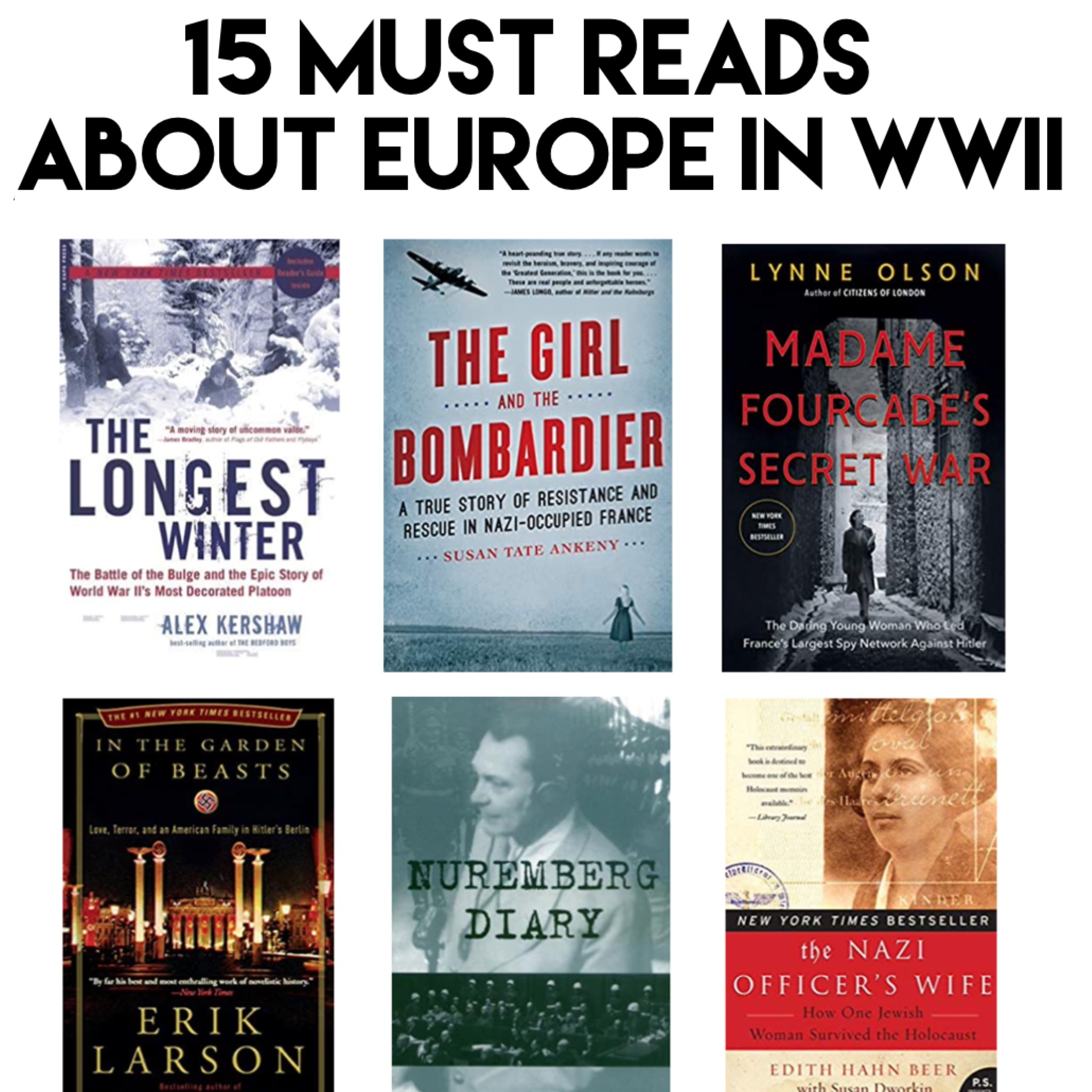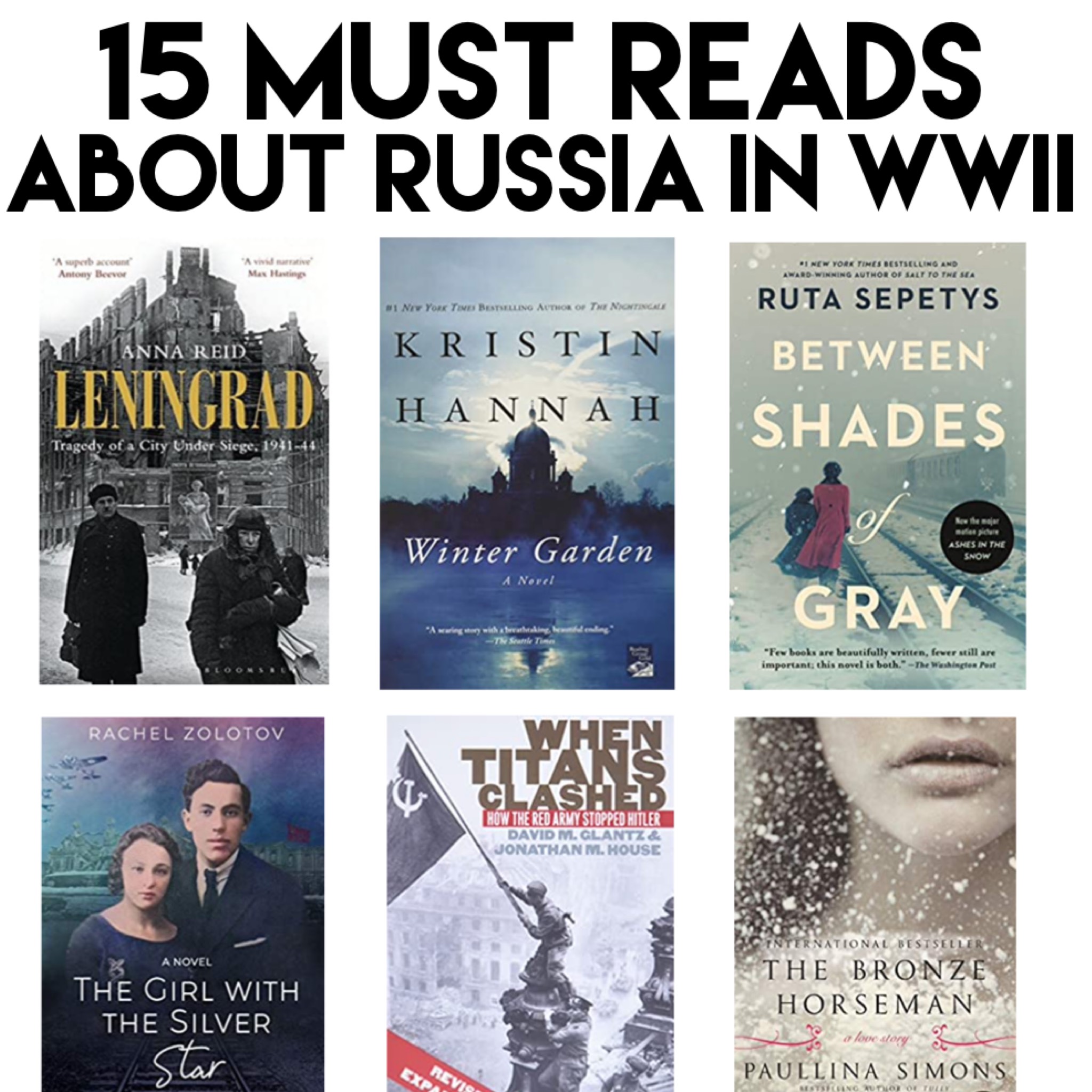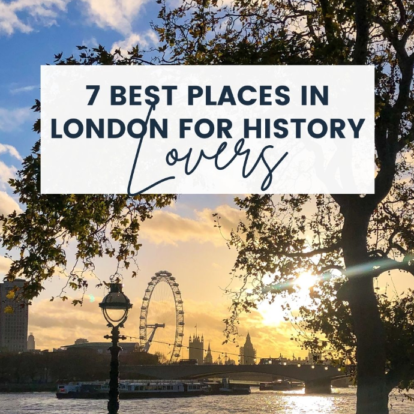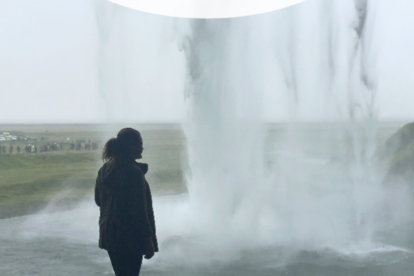London is absolutely full to the brim of history, so there is no shortage of places to visit when you’re in London if you’re a history lover and want to learn more about London’s history, or the role England has played in world history. From museums, landmarks and monuments, there is plenty to keep you occupied and interested.
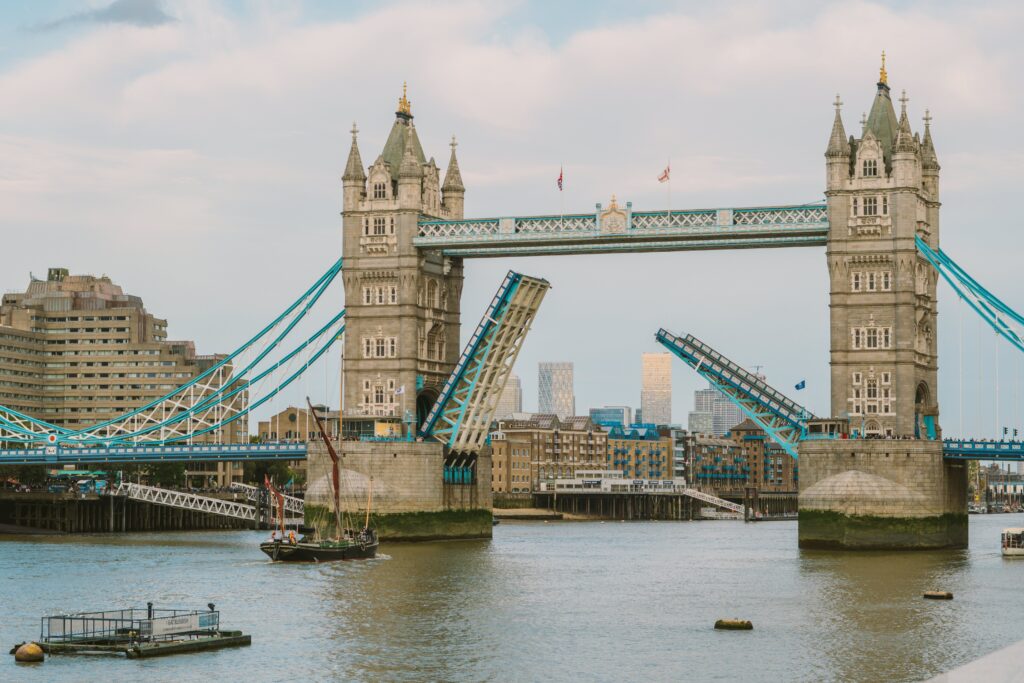
England was a major player in the events that unfolded during the 1930’s and 1940’s during World War II, which has had major influences on almost all aspects of our modern society, politics and life today. Even if you’re not particularly interested in, or in London to specifically visit any of these top historical sites, they are something I believe everyone can appreciate and take something from.
While this list of the best WW2 sites in London will be focused on that history, for context it’s important to understand just how far back the history of London goes. Here is a brief list of the oldest ancient landmarks in London:
- The London Wall – 2nd century AD.
- The Tower of London – 1078 AD.
- Westminster Palace – 1097 AD.
- Southwark Needle – 1300 AD.
- Nelson’s Column in Trafalgar Square – 1840
Knowing the overall background of London and just how far back the city dates provides a historical backdrop that will help you appreciate just how devastating WWII was to the city, it’s people, and the historical architecture. While out exploring on your trip, you will be amazed at how well the city was both preserved and rebuilt after the war as you wander through the beautiful streets.
Check out our post on the top 4 day trips to take from London!
What Life in London was like During WW2
England was engaged in World War II from 1939 to 1945, and experienced the harsh consequences of an extended period of war. Life would have been very hard as a Londoner during that time. Clothing, food, and all general household supplies were severely rationed, on top of many being forced out of work due to the loss of jobs as things were destroyed, men were deployed, or families were evacuated.
There were frequent bombings and air raids coming at any and all time of day or night that would force people into the nearest bomb shelter where they’d sometimes be required to stay for hours, even overnight, with dozens or even hundreds of other people. Many lives and homes were lost as the bombing reduced entire neighborhoods to rubble.
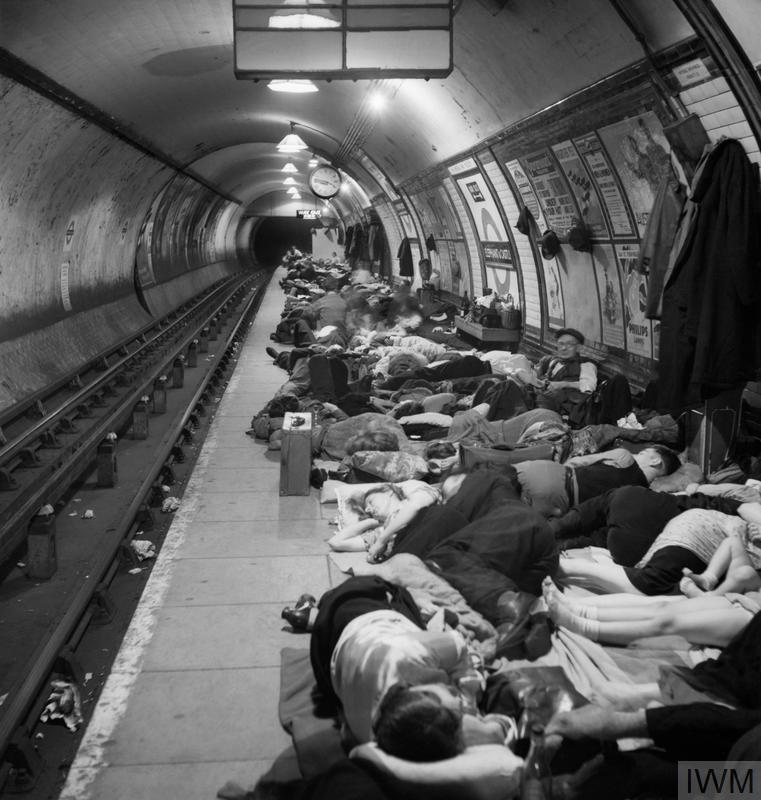
Because London was facing the constant threat of gas attacks and air raids, millions of people were evacuated out to smaller, rural areas of England. This happened particularly with school aged children. Most fathers had gone away to fight in the war, so mothers had to make the hard choice to send their child away from London with their classmates and teachers to continue their school education a few hours away by train. Many of those that stayed became injured, homeless, or endured frequent raids and a very poor quality of life.
By war’s end, England had suffered 385,000 military casualties and 70,000 civilian casualties. Of the civilians that were killed, 40,000 of them were a result of the Blitz, a 7 month period between September 1940 and May 1941 of heavy German bombing raids on London and surrounding cities with important ports or manufacturing facilities. The economy was decimated, families completely lost or without homes, and it took London and Londoners a good deal of time to recover.
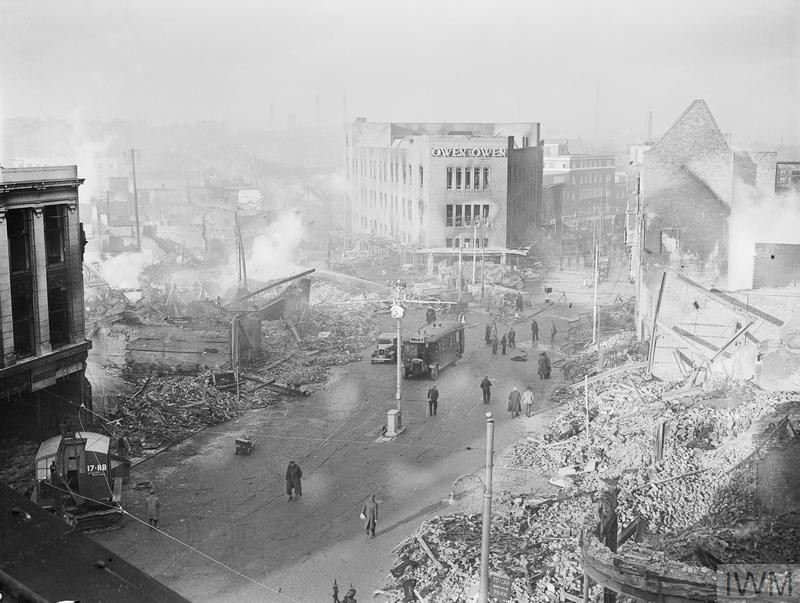
Visiting the places on this list of WWII historical places is a way to remember, learn and honor what they went through, the sacrifices that were made and the many heroes that emerged from the circumstances they faced. It’s also important to do some of these things on this list in order to understand the political, economical and cultural causes of World War 2. Knowing the why behind it helps to ensure it never happens again.
“The farther backward you can look, the farther forward you are likely to see.”
Winston Churchill
Top 7 Historical WWII Sites in London
1. Churchill War Rooms
The Churchill War Rooms are one of the most popular attractions and museums in London, and for good reason. It is one of the few sites that has been almost perfectly preserved as the way it was while in use by England’s Prime Minister during World War II.
Winston Churchill was a complicated yet incredible man that many English and historical buffs feel fondly towards. He served as Prime Minster during almost the entirety of the war (and then was elected again in the 1950’s!), and is widely recognized as one of the 20th century’s most significant figures. This museum does an amazing job at taking you through why that is.
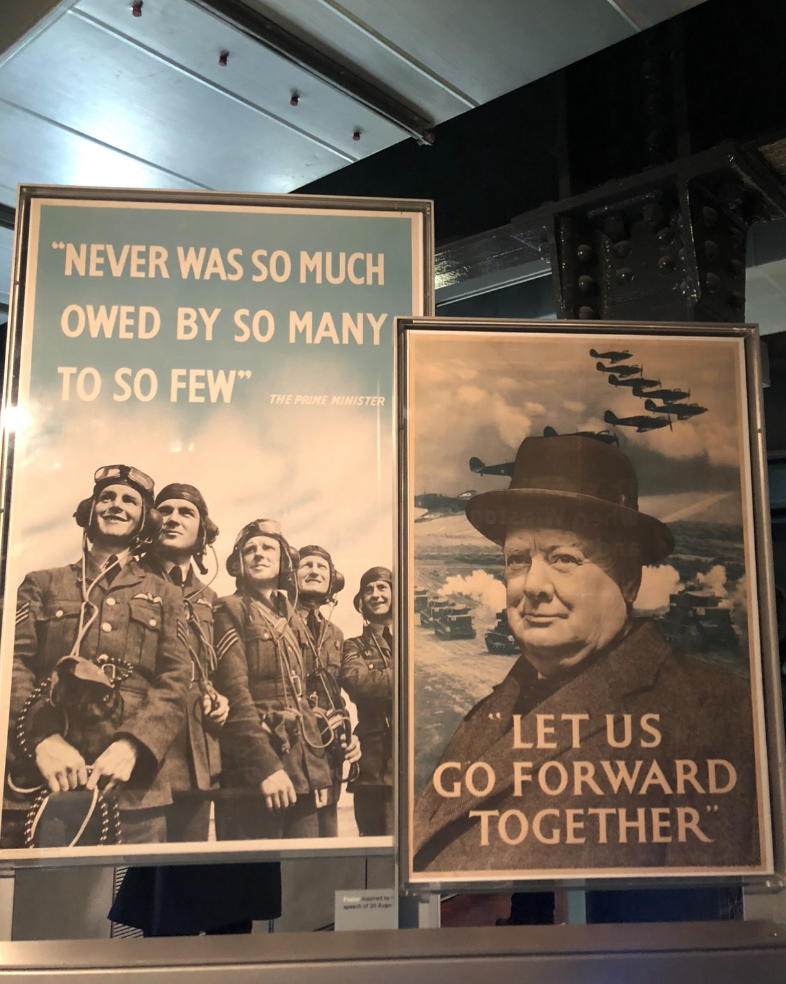
Once enter the museum, which is beneath the streets of London, you start off in the area from which Churchill developed strategies with his cabinet and deployed war campaigns. You will be taken through areas where all troop movement was planned, attack and defense plans were developed and executed, and get to see things like the map room – which is exactly as it was left when victory was declared in 1945.
Because everything is underground, it is a maze of rooms and corridors that have been reinforced to provide safety for Churchill and his top government officials during the bombings.
There are numerous artifacts and exhibitions in the corridors, including Churchill’s private quarters and office, Clementine Churchill’s private bedroom, the kitchen, cabinet room, typists room, headquarters of the Home Forces, and more.
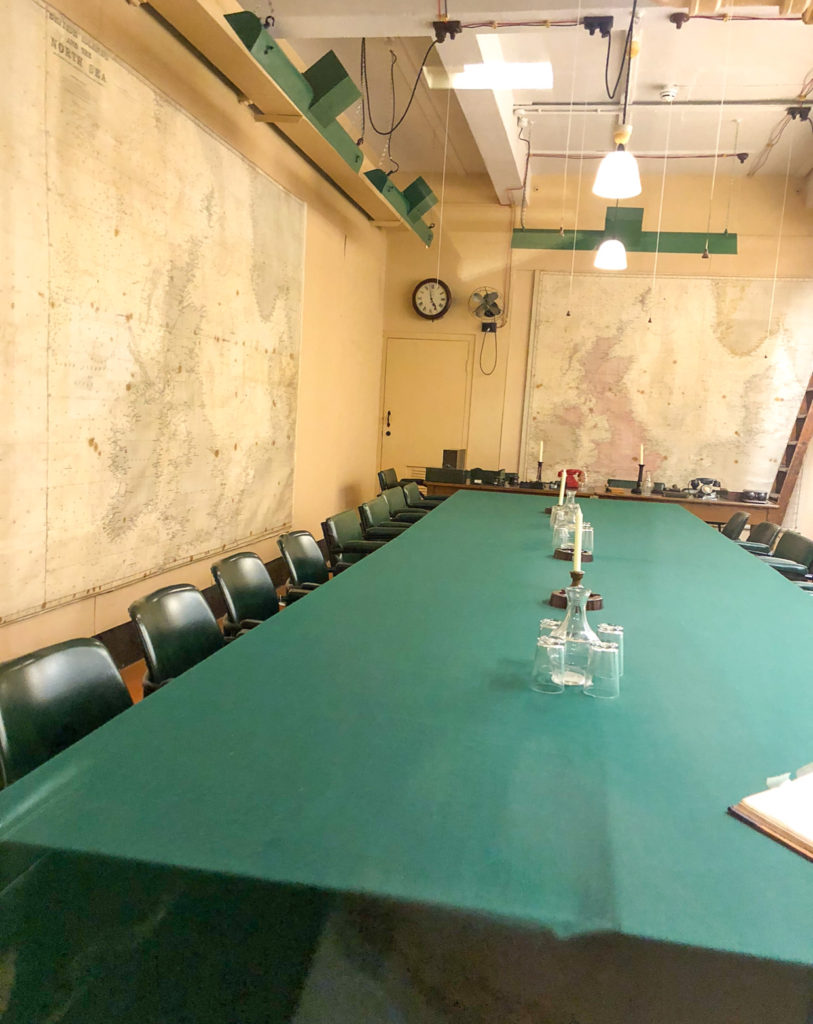
There is also a large section of the museum that is focused on Churchill’s life, from his early beginning in politics up until his death at 90 years old. You will learn so much about the contributions he made both before and after the war, including things like winning a Nobel for literature, introducing minimum wage, prison reform and national insurance laws, and how he became a prisoner of war while working as a newspaper correspondent.
This area of the museum has a great deal of artifacts both from Churchill and his life, and from London during WWII, and exhibits that bring them to life using audio, video and in depth descriptions. There’s also an audio guide that is included in your ticket price, which makes this museum really a great deal.
The Churchill War Rooms will take a few hours to get through, so give yourself plenty of time so you don’t feel rushed. I do recommend buying a ticket online to skip the line, and trying to get a ticket timed for right when they open, or shortly after. Because this is such a popular museum, it can get really crowded, especially in the summer which is high tourist season.
I arrived 5 minutes before they opened and was let in, and it was only myself and maybe 3 other people wandering through and it was a great experience, but there were a ton more people there as I was leaving.
The museum is located near Westminster and Big Ben. The monuments to Churchill and the Women of World War II are also about a block away in either direction.
Related: Historical Day Trips From London
2. Imperial War Museum
The Imperial War Museum in London covers all of the conflicts England has been involved in since World War I. So of course, with WWII being one of the most major ones, there is an incredibly extensive assortment of exhibits pertaining to it.
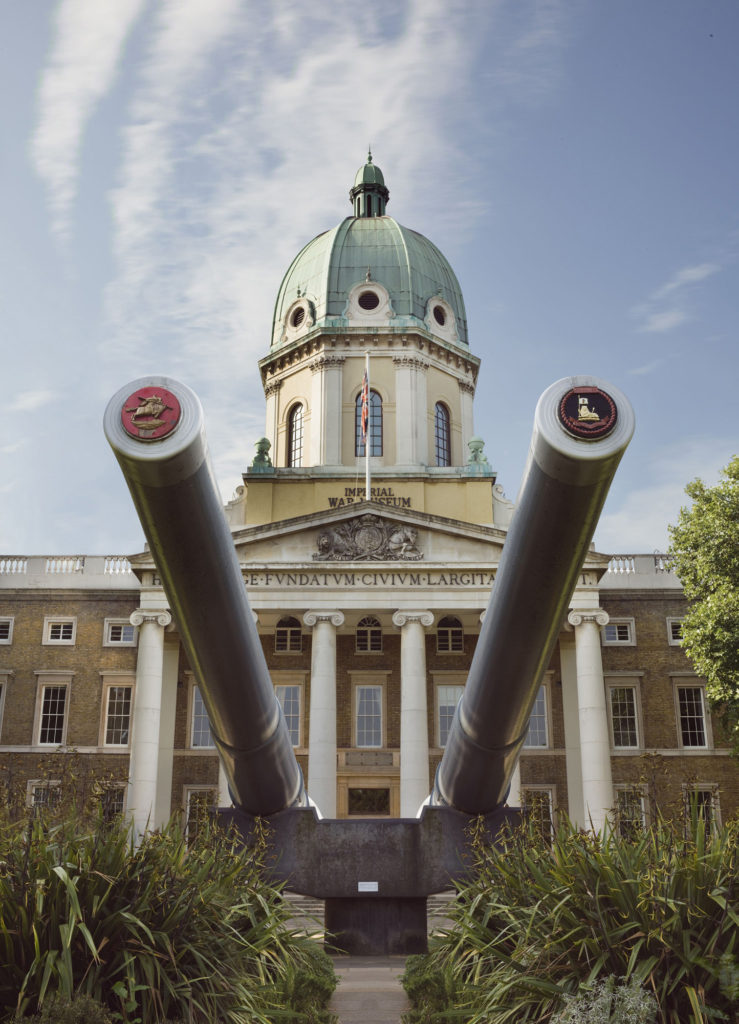
They have permanent exhibits and temporary rotating ones, which you can check out on the website when you book your free ticket. The permanent collections and exhibits at the Imperial War Museum for WWII are Turning Points: 1934-1945 which covers key events of the war, Witnesses to War which is a massive display of weapons and equipment, A Family in Wartime which takes you through the war and daily effects that Londoners experienced, and the Holocaust Exhibition.
The building itself is pretty impressive with it’s own history with WWII. There’s two WWI battleship guns outside from the HMS Resolution and the HMS Ramillies. The museum was set up after WWI to hold the machinery and artifacts from the first world war, and then during WWII the building sustained bomb damage from the raids on London. It’s a really cool place to visit that is set up really well for a few hours of learning!
3. HMS Belfast
The HMS Belfast is a very interesting way to learn more about WWII history. Most museums aren’t in the setting of 9 decks of a war ship! This would be great for all ages, and there are both permanent exhibits and rotating exhibits that focus on the conflict the ship saw, and how the sailors lived onboard. It’s one of only 3 surviving ships from the D-Day invasion.
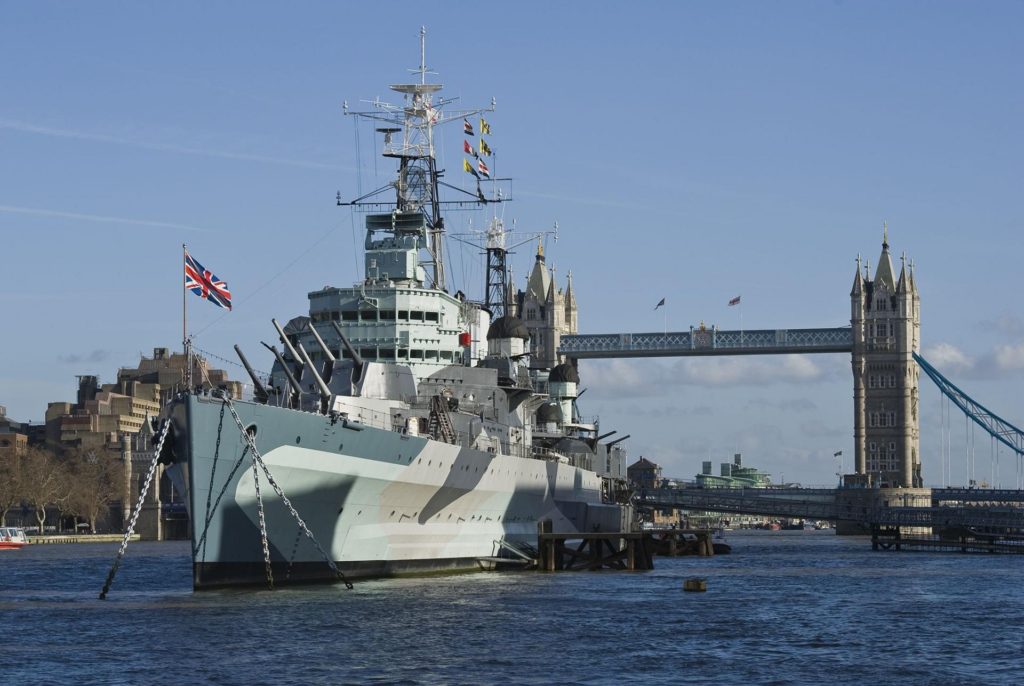
The HMS Belfast was finished less than a month before the Nazis invaded Poland, and the ship was quickly put to use in both theaters (Europe and Pacific). Some of the jobs in the conflict the ship had included hunting German U-Boats, capturing ships, protecting from the Japanese navy and in battles with German battleships.
The ship is located on the River Thames, you get remarkable views of London from onboard, and it’s open every day starting at 10 a.m. You can easily get there by exiting the tube at the London Bridge station.
4. Battle of Britain Bunker
The Battle of Britain Bunker was the fighter command during the Second World War. This location at the RAF Uxbridge was were fighter aircraft operations were controlled throughout the duration of the war, but most famously during the Battle of Britain and on D-Day.
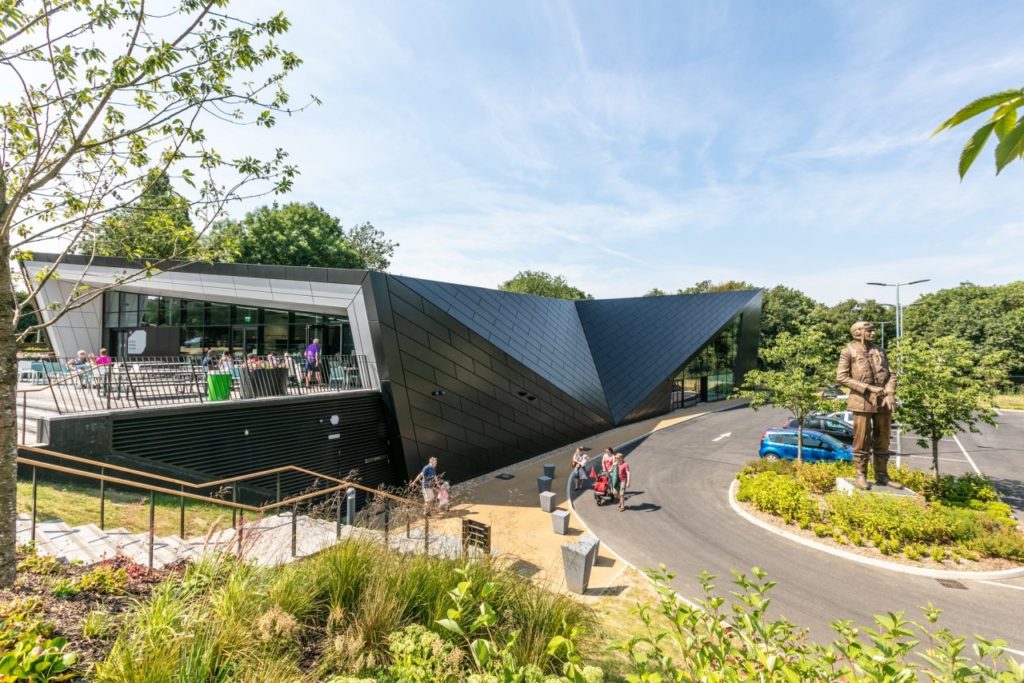
It was a crucial element of the operations that enabled the Allied forces to invade Normandy, and the work that was done here was imperative to it’s planning and execution. The museum features the tour of the bunker itself, and many exhibits on air defense, telecommunications, the RAF and air warfare.
It’s located deep underground and well worth a visit if you’re interested in D-Day history! It’s open 7 days a week and tours are available, with free parking on site and a cafe. It’s 9 euros for adults, and free for children under 16. You can check out their website and tour times to book here.
5. Hendon RAF Museum
Just outside of central London in Hendon is the RAF museum. This is a free museum that covers the RAF, or Royal Air Force branch of United Kingdom’s military. The museum takes you through pre and post World War II, and of course has an amazing exhibit on the huge role the RAF played during it.
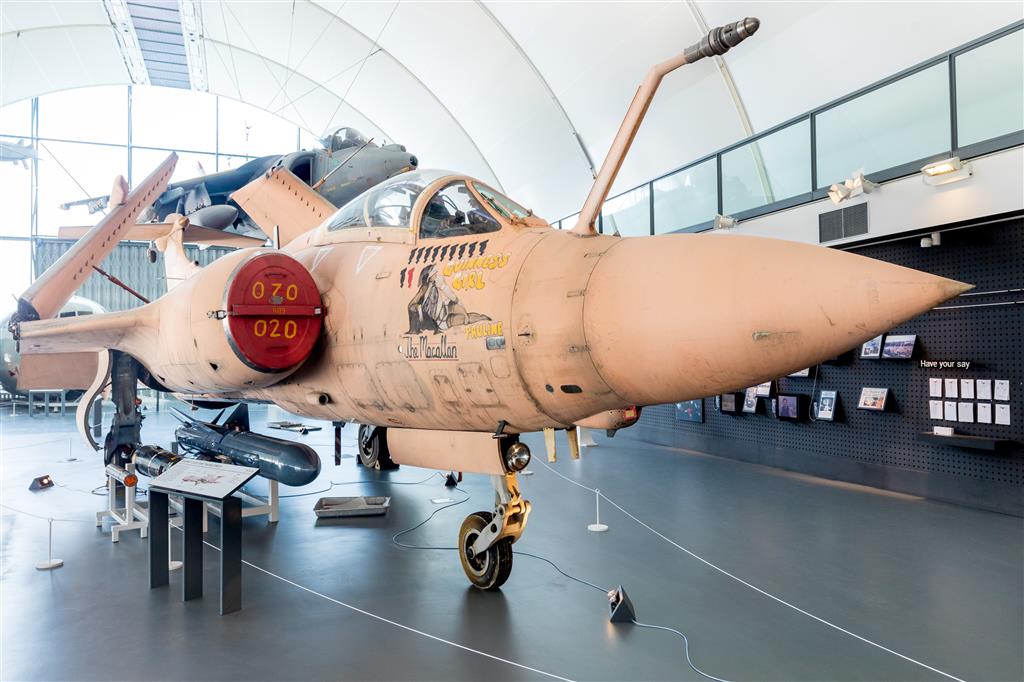
This museum has hangers full of aircrafts, helicopters and planes. This would be a great one for kids if they have an interest in planes or big machines. While the overall museum is free, some of the exhibits do charge a small admission fee.
It’s only a short train ride from central London and well worth taking a half day to visit if you’re at all interested in the Air Force and their role in WWII!
6. National Army Museum
The National Army museum is another free museum that is in the Chelsea area of London. Like the RAF Museum covers the air force, this one covers the history of the British Army.
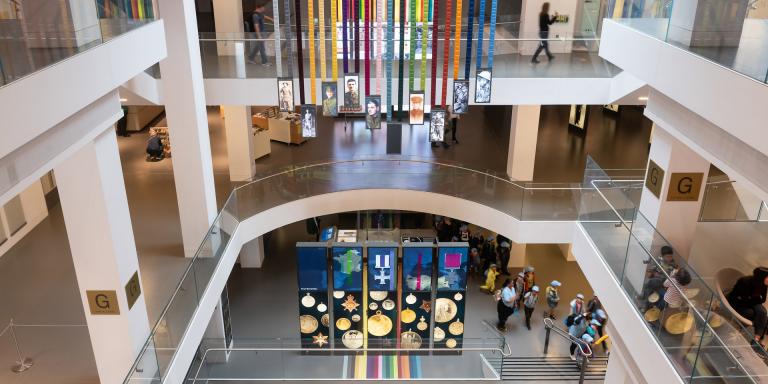
The museum starts by taking visitors through the inception of the British Army, and all of the conflicts they’ve been involved in. World War 2 is a huge part of it, but it does cover the other major wars as well and there are a ton of permanent and rotating exhibits on all of the conflicts, if learning about the army’s role in those are of interest to you.
7. Bletchley Park
As someone who’s read a lot about the codebreakers and then women in the war, Bletchley Park was a must see! Bletchley Park is a set of buildings that was once home to the top secret intelligence center of the United Kingdom. It’s sometimes also referred to as the British Spy Center.
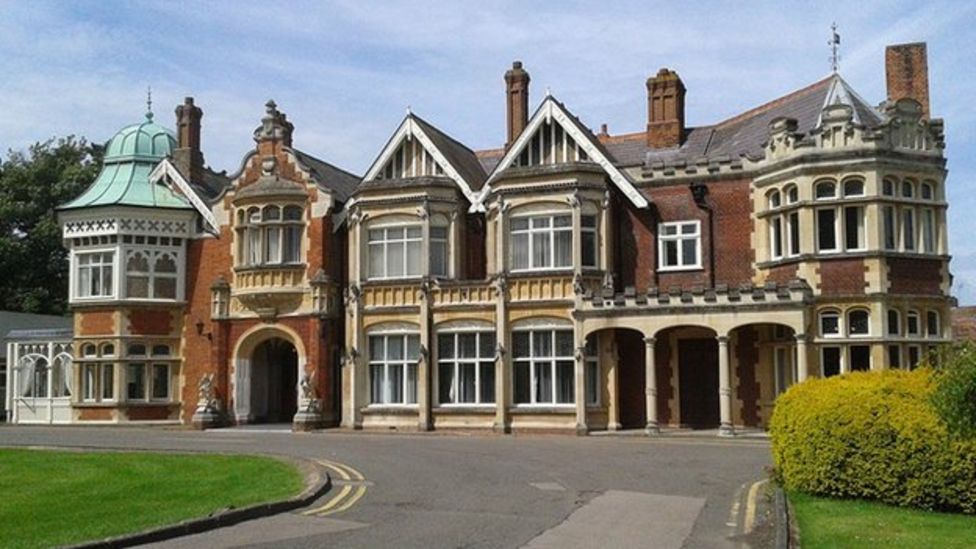
This is where the codebreakers worked during WWII on gathering and interpreting foreign intelligence, and where plans were developed. It’s also where the plans for spies were devised and assigned being the spies were key to gathering the intelligence that was intercepted on radios.
Many women held these roles during the war, both because many men were deployed overseas, and because women could blend in easier without arousing suspicion that they were government agents. All of the workers had to sign the Official Secrets Act when they first arrived on the Bletchley compound, so their stories didn’t start becoming public until 30 years after the war and there’s many more who never talked to anyone about what they saw or did.
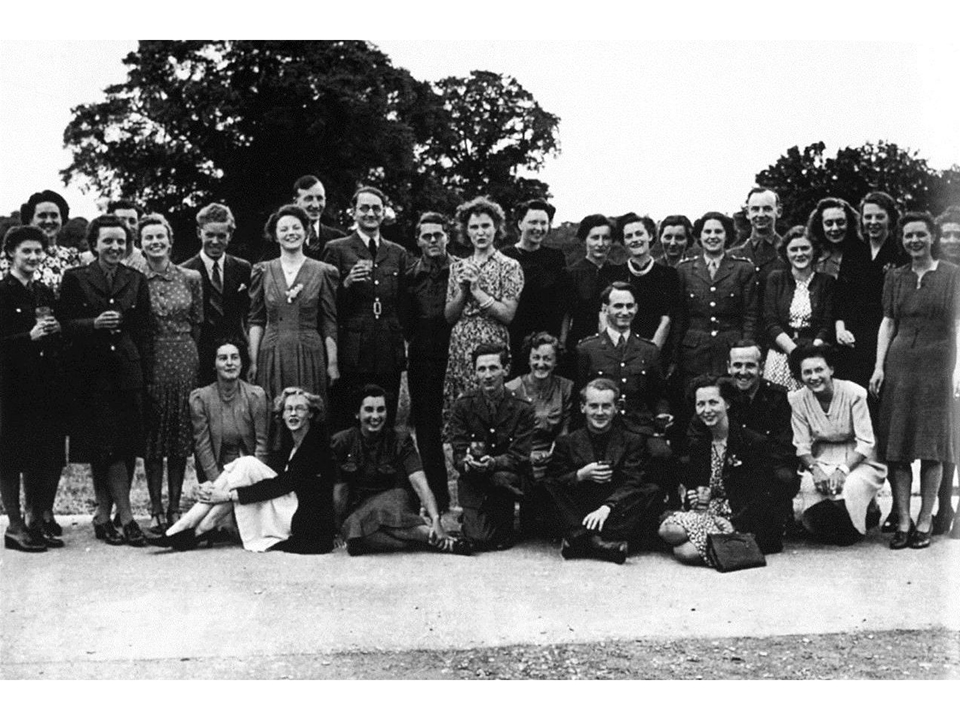
The museum at Bletchley Park has many exhibits, collections, immersive films, interactive displays and rooms set just as they were when the spies and codebreakers were working. Some of the exhibits you’ll see include: Early Days: The First Codebreakers, D Day Interception, Intelligence and Invasion, and Veteran Stories: Their Life and Work at Bletchley Park.
The museum is 16 euros for adults, and children or family passes are available as well. Plan for half a day or so, as the museum is both inside and outside throughout the buildings in the park. There are cafes and coffee shops, or you can bring your own food to have a picnic on the park grounds.
Check out our list of books about the codebreakers during WWII!
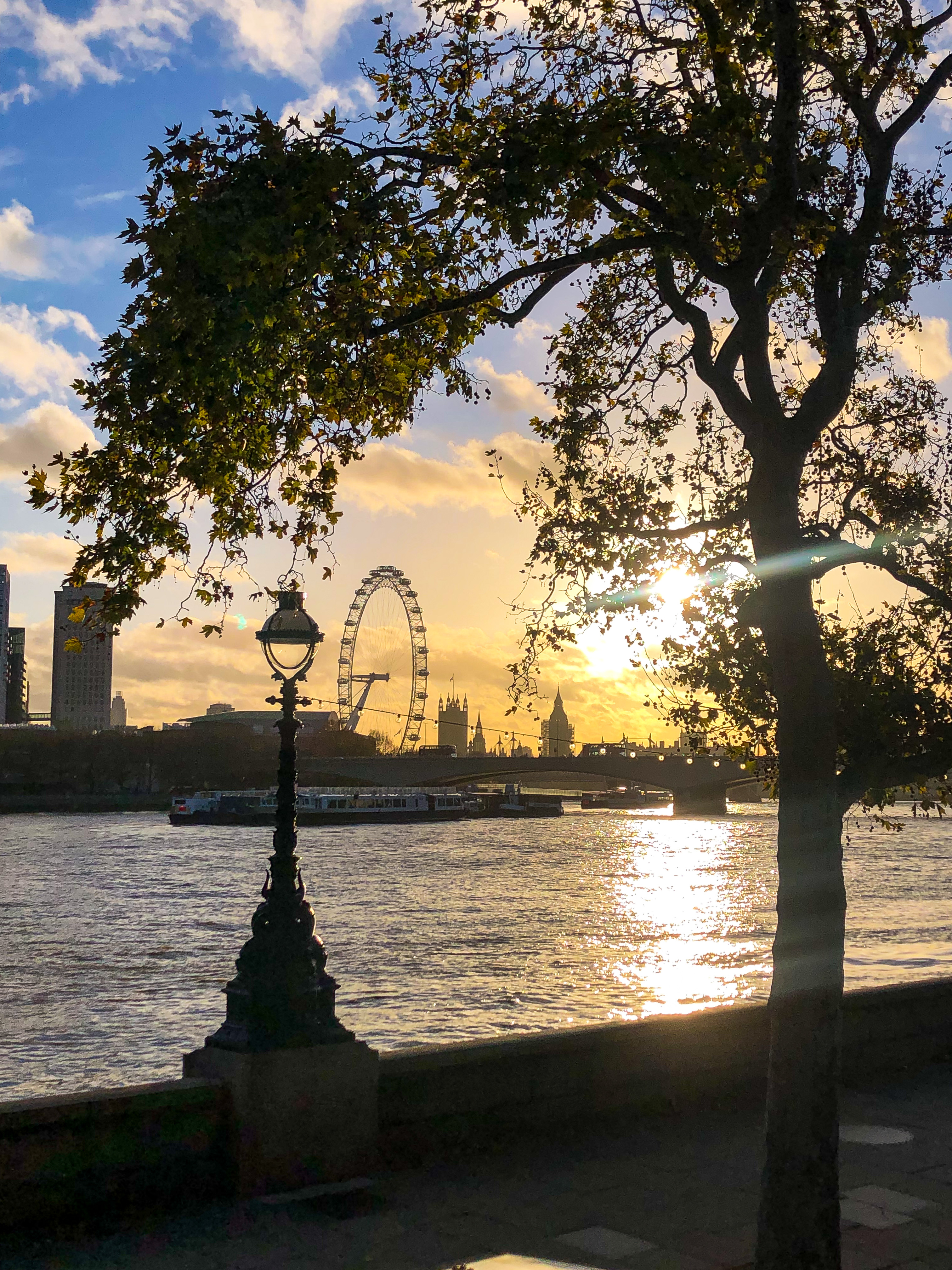
WWII Monuments in London
Around London there are quite a few monuments and memorials you also may be interested in taking a look at.
Churchill Monument
The monument to Churchill is located very close to the Churchill Bunker museum, just right around the corner really. It’s in the park just between Big Ben and Westminster, and is very easy to find.
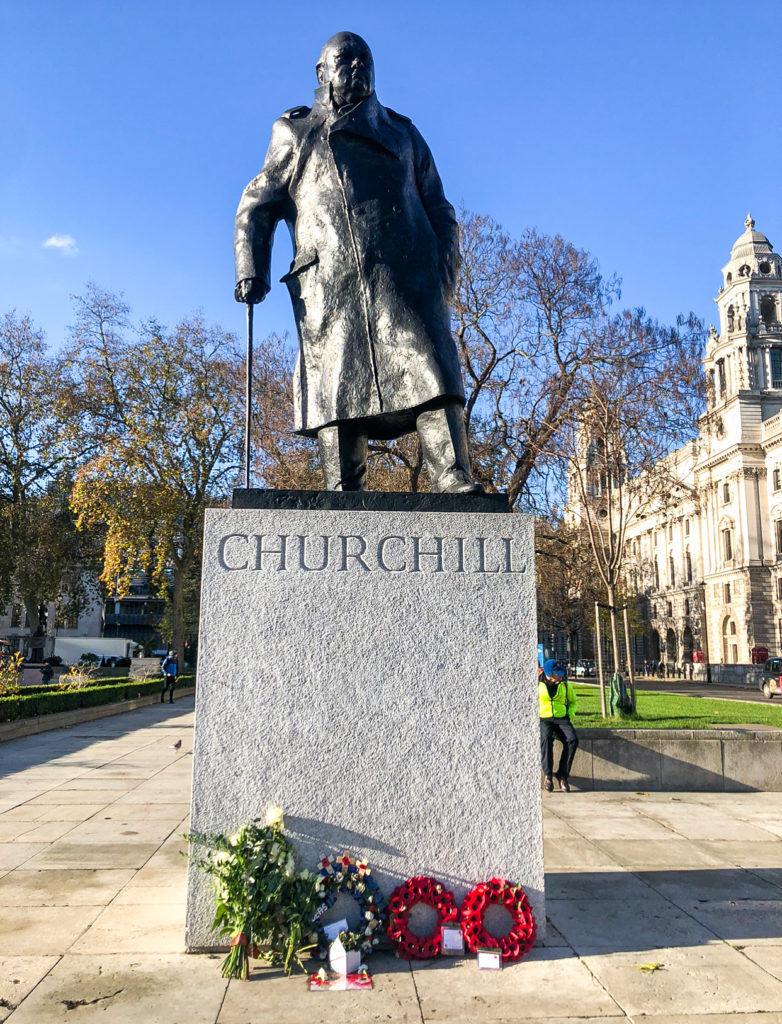
Women of WWII Memorial
This monument is about 2 blocks from the Churchill Monument. Situated between Big Ben and Trafalgar Square and pays tribute to the hundreds of thousands of women who played a role in the war.
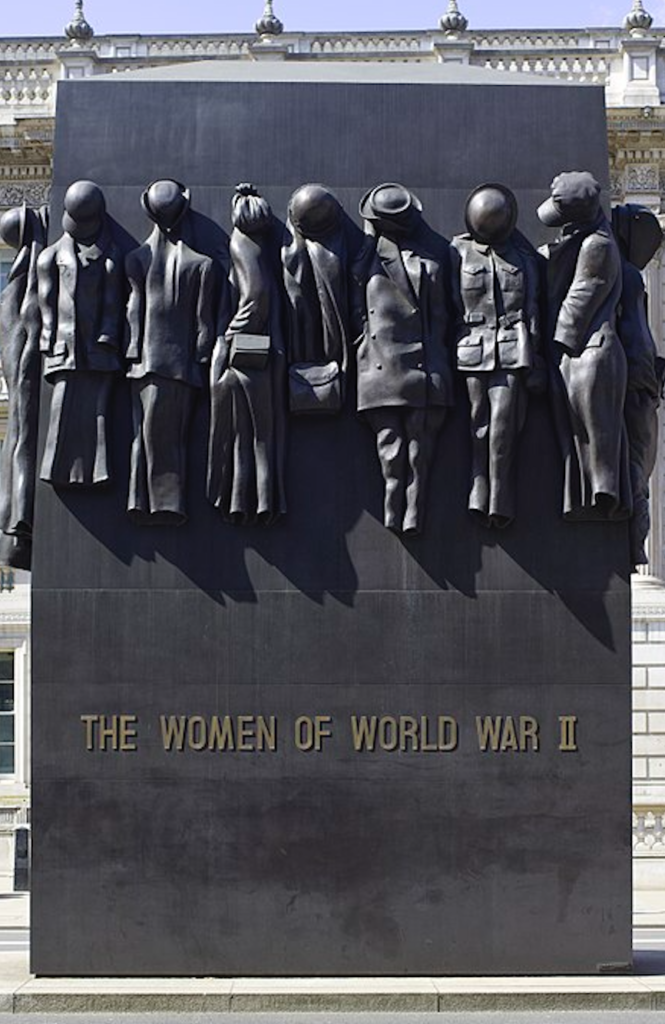
Monument to the RAF – Battle of Britain
This is a monument to those who served in the Battle of Britain and is located on the Victoria Embankment (across from the London Eye) on the River Thames.
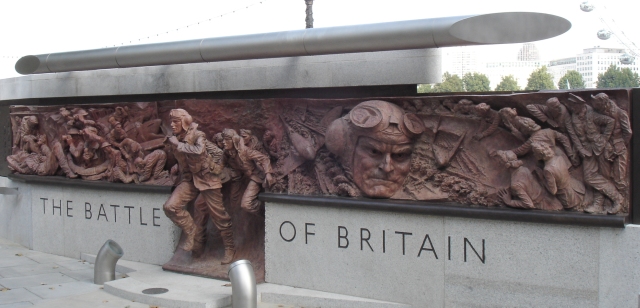
Bomber Command Memorial
This memorial is located in Green Park, and is a tribute to the RAF Bomber Command that carried out many missions during the war. It’s under a pavilion that is a larger tribute to those who served in the war.
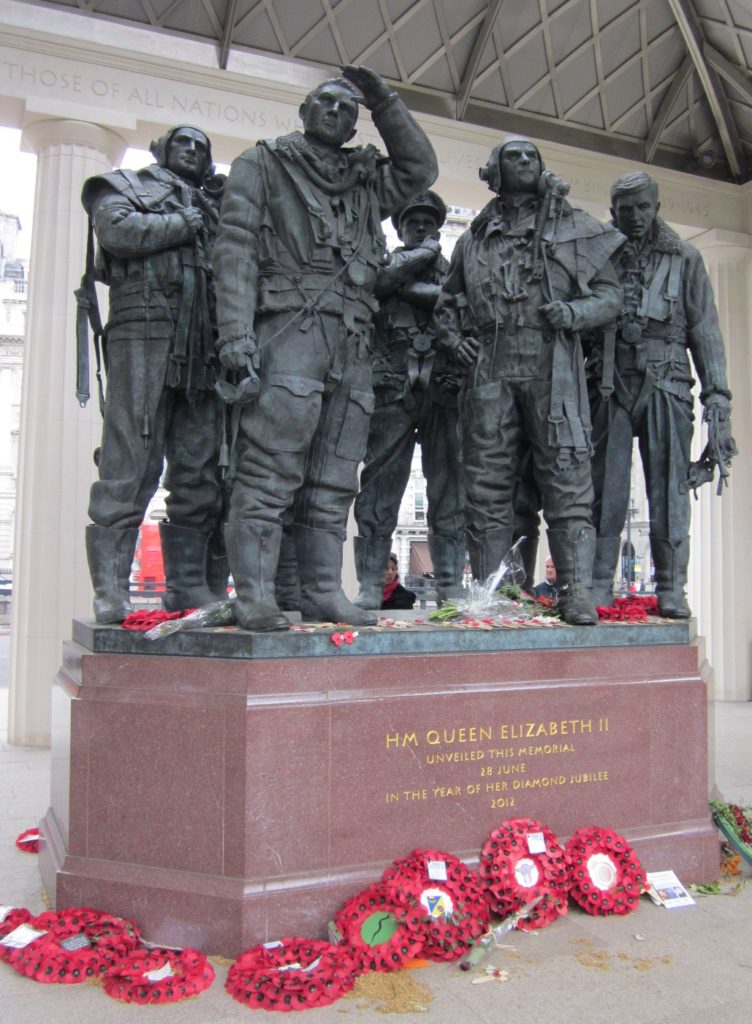
These are a few of the best ways to learn about World War II while you’re in London. Many of the museums are family friendly, with activities and hands-on experiences for children. They’re also great if you’re on a budget as many of them are free or very low cost!
Other Posts About London You May Like:
- Must Visit Harry Potter Places in London
- 7 Best Kid-Friendly Activities in London
- How to Visit the Harry Potter Studios in London
- 1 Week London Itinerary
- Christmas in London
